
On 1 December the public will be able to claim lost commons in Cumbria and North Yorkshire for the first time in 45 years. Some popular hillwalking areas could be among those to be reclaimed for public access and protection.
Access campaigners at the Open Spaces Society are encouraging people to claim commons. The society’s case officer Nicola Hodgson said:
‘It’s well worth claiming commons because once land is registered we win the right to walk there (if it has not already been mapped as access land) and there may be new rights to ride too. Furthermore the land is protected from development and enclosure.’
The society believes that there are many commons which need to be registered.
The Commons Registration Act 1965 required all commons to be registered but only allowed three years for this to be done. In 1970 the registers closed and commons which were left off ceased to be common land in law. Now in some parts of England anyone can apply for wrongly-excluded land to be restored to the register.
Cumbria and North Yorkshire are to be added to an existing list of seven pioneer areas in England where commons can be put back on the register, under part 1 of the Commons Act 2006.
The Open Spaces Society believes there are potential commons in Cumbria at Irthington, Hethersgill, the Solway Coast, Bassenthwaite, Seatoller Fell and Fawcett Forest, among others.
Ian Brodie, who advised the society on the bill which became the Commons Act 2006 and is a former Director of Friends of the Lake District (FLD), now acts as a consultant to FLD and the Open Spaces Society.
Together with FLD Ian hopes to make applications.
‘This long-awaited opportunity for the people of Cumbria to regain their cultural heritage is one we can ill-afford to miss' he said.
'Some landowners were pleased at the under-registration of common land in the county during the original process but this failure to register prevented people from gaining access to some excellent sites. Now is the welcome chance to correct past errors.’
In North Yorkshire potential areas include the North York Moors, Hurst Moor, Swaledale and Wensleydale, Coverdale, Nidderdale and Wharfedale.
The application is made to the county or unitary authority and the applicant must submit evidence to show that the land was ‘waste of the manor’ - open, uncultivated and unoccupied at the date of the application.
Nicola Hodgson said:
‘In Cornwall, where part 1 of the Commons Act has been in force since 2008, there have been several successful applications.
‘Some of this land had already been mapped as access land but now that it is registered as common it is also protected from development.'
But it’s not all good news for the public, she explained, since the present government has allowed an asymmetry to be built into the system, giving landowners nationwide a right to apply to de-register existing commons, while the public can only ask to add commons to the list in selected parts of England.
'Part 1 of the Commons Act also allows landowners to apply to remove commons from the register if they can prove an error was made in the past, or that the land is within the curtilage of their properties. The government has decided to implement this part of the act throughout England, whereas we can only apply to claim land in the seven pioneer areas plus Cumbria and North Yorkshire.'
‘We have argued that this is unfair to the public and will continue to press for full implementation throughout England.’

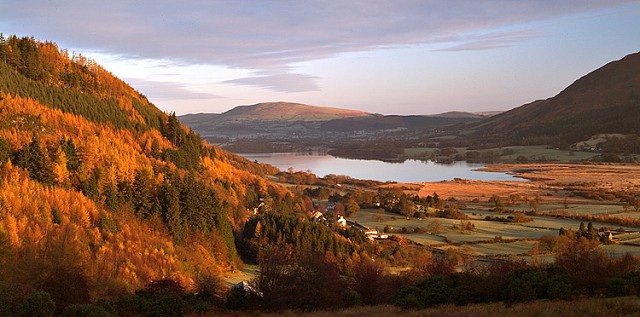



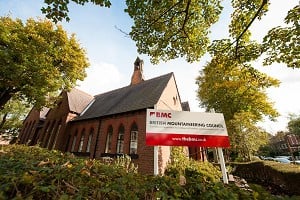
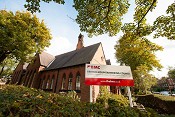
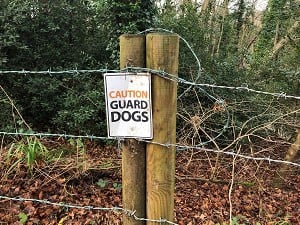
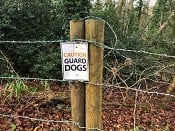
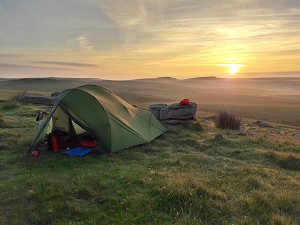
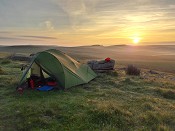
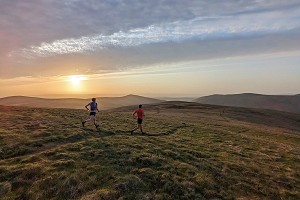

Comments